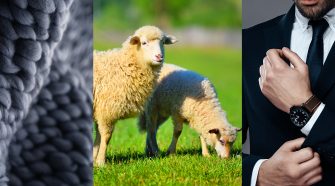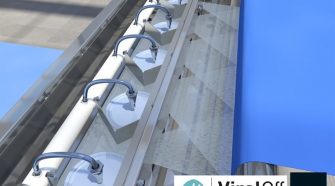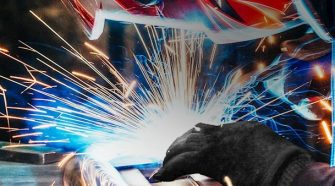
Huntsman Textile Effects delivers a sustainable solution for wool dyeing
Huntsman Textile Effects’ LANASOL CE dyes provide the industry with a sustainable alternative to after-chrome dyes for wool. The use of Chrome VI, including Dichromate, is banned by the ZDHC …

WEKO to offer a new way of applying Polygiene virus-reducing textile treatment
WEKO, a provider of on-contact application systems for product optimization and surface finishing with different types of fluids and powdery substances, will now offer the option to apply Polygiene ViralOff …

ExxonMobil introduces high-loft, ultra-soft nonwoven solutions for hygiene products
ExxonMobil has introduced a new solution to produce nonwoven fabrics with lofty thickness, ultra-cushiony cotton-like softness, and a silk-like smooth touch. Also offering low lint and uniformity, the solution provides …

All-in-one elastic attachment adhesive from H.B. Fuller
H.B. Fuller announced its newest generation of elastic attachment adhesives, Full-Care 8220. Full-Care 8220 is an all-in-one elastic attachment adhesive for all key adult and baby diaper applications. The elastic …

Coats launches Coats Armoren cut protection product range
Coats has launched Coats Armoren, a range of cut-protect yarns developed by Coats engineered for both protection and comfort in gloves for hand safety. Stretch fibers and core yarn coverage …

